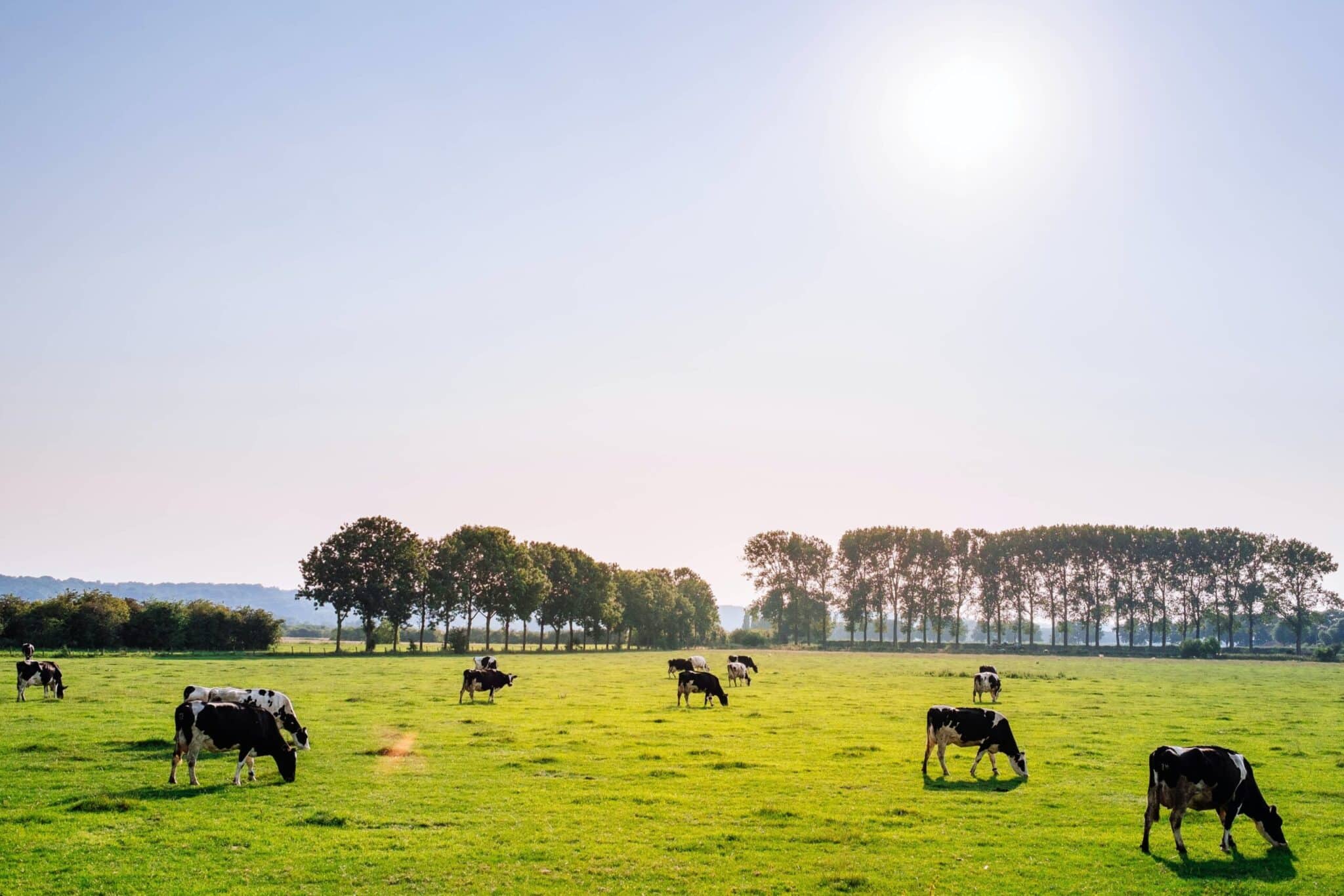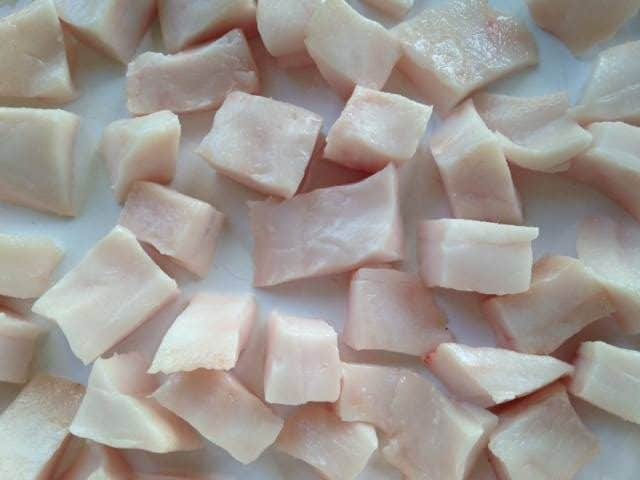Valentine’s Day is over, but the whole month of February is recognized as Heart month. I encourage you to “love your heart” by eating foods that are good for your heart!
The human heart needs certain nutrients to stay healthy, and they may not be what you think. In addition to B vitamins (best from grass-fed liver and nutritional yeast) and magnesium, the heart also needs a good supply of healthy fats—saturated fats. It also needs the fat-soluble vitamins A, D, E & K found in Cod Liver Oil, liver, eggs, lard, grass-fed beef, and fatty fish such as salmon and sardines.
In terms of fats, avocado and extra virgin olive oil are beneficial, but the fats I am writing about here are traditional fats that have been used by healthy peoples around the globe for centuries (to learn more about these peoples, see Dr. Weston A. Price’s, “Nutrition and Physical Degeneration“). Traditional fats are tallow from beef, bison or lamb, duck, goose, or chicken fat (aka “schmaltz”), lard (from pigs), grass-fed butter and ghee. Coconut oil fits in this category as “saturated”; however, most of us do not live in the tropics, so coconut oil is not native to us or our ancestors. (A certain amount of coconut oil every day can be very good for your immune system due to its high concentration of lauric acid, but coconut oil should not be consumed to the exclusion of other saturated fats. I wrote a good bit about the benefits of coconut oil here, if you are interested in learning more.)
Contrary to popular opinion, saturated fat does not cause heart disease or atherosclerosis! And cholesterol is good for you! (See Dr. Natasha Campbell-McBride’s, “Put Your Heart in Your Mouth” for lots of studies and documentation, as well as a medical doctor’s account that puts the story straight.)
In this article, we will learn how to render your own traditional fats – specifically tallow and lard. What to do first? Source traditional fats.

Finding Clean Beef and Pig Fat
We all know that fat stores toxins in human and animal bodies. That is why it is so important to find a source of clean fat. When you are searching for clean fat, consider two things: where and how they are raised, and what they are fed.
The animals must be raised in an environment that is natural to them. Grass Farmer, Joel Salatin, known as the “High Priest of Pasture”, describes this as pigs “able to express their pig-ness”, cows their “cow-ness”, or chickens their “chicken-ness”. Pigs are not raised in cages or pens, cows in feedlots, nor chickens in cages (or hen houses the size of football fields). Cows are raised on pasture, pigs are raised outside, able to root around as pigs do, chickens are on grass, eating bugs.
The second thing to be aware of is what the animals are eating. If cows are on pasture, they are eating grass, as they are meant to do. If pigs are raised outside, they are eating roots and plants as they are meant to do. Chickens raised on grass are eating bugs, with a bit of supplemental grain. That means bugs are their main diet. Grain is a snack, a finisher, when there are not enough bugs to go around. It is very important that chickens do not have soy or corn in their diets, as 95% or more of the world’s conventionally grown soy and corn (that which is not organic) is genetically modified. This is not something humans should eat (and you are what you eat eats!).
With these questions in mind, you can set about looking for local farmers who sell beef and pig fat. (I say “fat” because you will purchase fat and then render it into tallow or lard.) Go to your local farmers markets and ask around. Duck Duck Go (or Google) farms in your area or contact your local chapter of the Weston A. Price Foundation. Local chapter leaders are volunteers who keep lists of farms that meet WAPF requirements. Here is where you can find a chapter near you: https://www.westonaprice.org/category/get-involved/local-chapters/

Rendering Traditional Fats: Tallow and Lard
Once you have found clean beef, bison, or lamb fat to make tallow, and pig fat to make lard, it’s off to the kitchen! Here I share one of the ways to render fat from its raw form to something a bit more refined for your culinary use. It is the easiest way that I have found; it is the method I use.
Here is what you will need:
- kitchen towel (To place under your cutting board to secure it. Dampen it a bit beforehand.)
- large cutting board (I prefer natural materials such as wood or bamboo)
- large, sharp knife (a sharp knife is much safer than a dull one, I assure you!)
- large, 11 x 13 pyrex pan (aka, a lasagne pan)
- 2 potholders
- several ramekins or 1⁄2 cup, wide mouth canning jars with lids
- 2-cup liquid measure, glass (not a good idea to pour hot fat into plastic)
- fine mesh strainer or sieve to fit the 2-cup measure
- cheesecloth, a few layers, folded to fit the strainer (or a coffee filter works, too)
Here is how to do it:
Prep the oven and the fat:
- Check that the rack is in the center of your oven, and preheat the oven to 200°-225°F/93°-107°C. Secure your cutting board on the counter with the dampened kitchen towel.
- Cut off any meat or bits that may be on the beef or pig fat, and discard.
- Cut the fat into even pieces, so that it renders evenly.
- Place the fat pieces evenly in the pyrex pan.
- Place the pan in the oven, on the middle rack.
- Let the fat melt in the pan in the oven. Check progress every couple of hours.
Meanwhile, prep the strainer:
- Place the strainer in the liquid measure. Place the cheesecloth in the strainer.
Pour off the liquid fat:
- Every couple of hours, I like to pour off the liquid fat that has accumulated in the bottom of the pan. In this way, the fat in the pan will not “fry” in the liquid.
Pour the fat through the cheesecloth into the liquid measure. This will catch any “bits” and keep the tallow or lard clear of anything that could encourage rancidity later. - Then, pour the fat into ramekins or jars and allow to cool.
Since these are saturated fats, they will be more or less “solid” at room temperature. Beef fat is more saturated than pig fat, so pig fat (lard) will be a bit “creamier” at room temperature. Sometimes, tallow can set up as hard as a rock.
Both of these traditional fats may be stored on your counter, next to the stove (that’s where mine are). There is no need to refrigerate them. However, if you render a lot of lard or tallow, feel free to cap it tightly (thus the jars) and store in a cool, dry place like a root cellar or wine cellar, a shelf in the garage, or, if you have the room, the top shelf of the refrigerator for long term storage.
These traditional fats can be used for every cooking method in the kitchen: sautéing, roasting, baking, frying.
Not only is tallow heart healthy, it is also excellent for your skin! No kidding.
The Ultimate in Natural Skincare: Tallow!
Tallow is one of the best natural moisturizers. It is skincare you could eat! (Hint: for gorgeous skin, and to avoid toxins, you should only put things on your skin that you would put in your mouth. This recipe qualifies.) Bonus: here is how to make it!
Ingredients
1/4 cup tallow-beef, bison, or lamb 1 tablespoon extra virgin olive oil
1-2 drops lavender or Roman or German chamomile essential oil, Food Grade only (optional, but more pleasant than smelling like beef fat)
Instructions
While tallow is still liquid (or at least prior to it hardening), mix with the olive oil and essential oil of your choice in a small bowl until thoroughly combined. Ta da! Skin cream!
Please note: The reason I chose lavender and Roman or German chamomile is that they are extremely gentle on the skin; they can be used “neat”-that is, without a mixer-on the skin. They can also be used internally if they are certified food grade. Do NOT use essential oils that are not food grade.
This tallow is very effective on all skin types and is healing for eczema. Both chamomiles help to regenerate the skin and can be used on all types of skin conditions and rashes, including eczema.
Bon Appetit and healthy skin to you, too!
Monica Corrado, MA, CNC, CGP is a teaching chef, Certified Nutrition Consultant, and Certified GAPS Practitioner who is passionate about illuminating the connection between food and well-being. A member of the Honorary Board of the Weston A. Price Foundation for almost 20 years, Monica is a dynamic teacher, speaker, consultant, and author who lives to share the tools, knowledge and inspiration to cook nourishing, traditional food. Monica is also The GAPS (Gut and Psychology Syndrome™) Chef”, and teaches cooking for the GAPS diet for Dr. Natasha Campbell-McBride’s GAPS Training team.
www.simplybeingwell.com
FB: Simply Being Well: Cooking for Wellbeing
Twitter: @simplybeingwell
IG: mcsimplybeingwell

